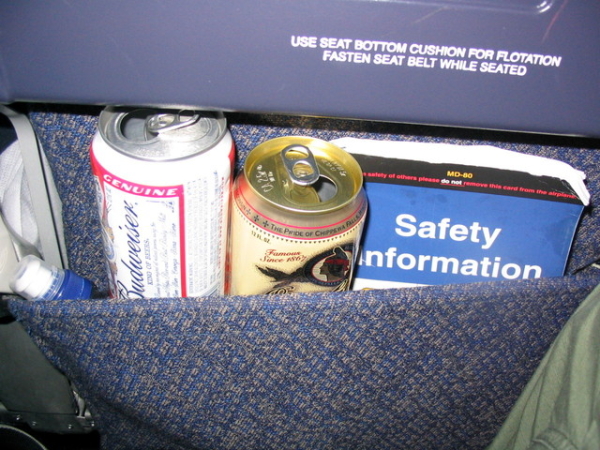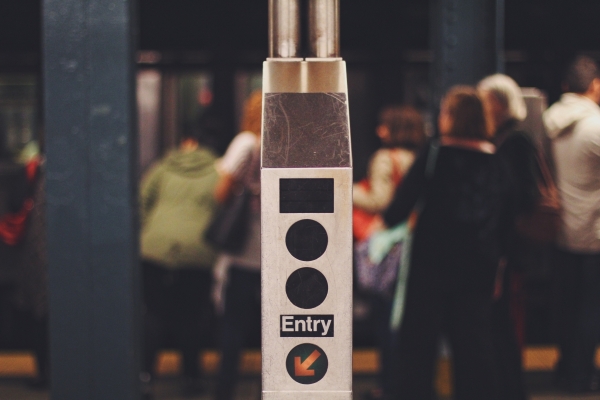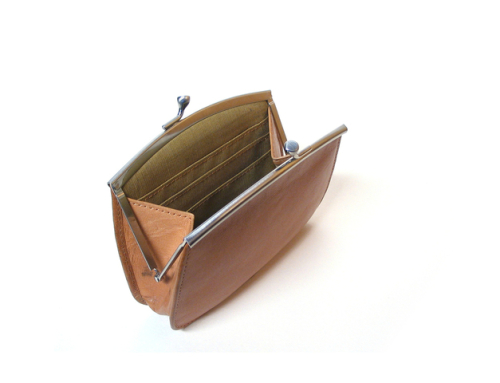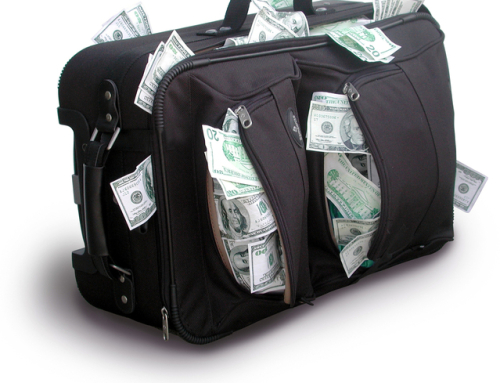Flying fears? Follow these tips for easing your anxiety.
Flying fears, you’re not alone, if you become an anxious every time you board a plane, Most people don’t fly frequently enough which can cause the anxiety. Therapists often work with patients to dissect what exactly might be bothering them, whether it’s the fear of heights, enclosed spaces, or not being in control—and then zeroing in on those issues. But what if you haven’t resolved them yet, and you take off next week? Here are some tips that may help.
1. Learn how planes work. According to the National Safety Council, the odds of dying from a car crash in a lifetime is 1 in 112; the odds of dying from “air and space transport incidents,” which includes airplane flights, is 1 in 8,357.
2. Educate yourself about turbulence. Most airplanes can handle up to 5 G’s of turbulence, and all are built to sustain at least 2.5. In mild turbulence G-forces vary the same as in a moving elevator, from .8 to 1.2 G’s. Moderate is from .6 to 1.4 G’s; severe is from .4 to 1.6 G’s. If you need convincing during a flight, download the SOAR app; among other tools for calming your fears on-board, it contains a G-force meter. The next time you hit bumpy skies, you can whip it out, read how much G-force the turbulence is causing, and confirm there’s no reason to worry.
3. Train your brain. The amygdala, the emotional region of the brain, is wired to stress out a little when it feels like you’re falling. Take the edge off by doing this exercise before you fly: Ask a friend to take one step up on a flight of stairs with you; now turn around so that you’re both facing the floor, and put your arms around each other. Now jump down to the floor together. You just experienced free-fall—exactly what you fear that the plane will do, but less terrifying. Ideally, your brain will associate the sensation of dipping, albeit in small part, with that positive experience.
4. What is the reason for your trip? Travel isn’t about about sitting in a plane for three hours—it’s usually about exploring a new culture or seeing a loved one. So keep a picture of the destination or person on your smart phone. Notice the details, including the faces, shapes, lights, colors and other vivid features. Notice how these details awaken your intentions for the trip and remind you what the trip is about.
5. Try relaxation exercises.Fill your lower lungs, then your upper lungs with air; then exhale slowly while relaxing the muscles in your in your face, jaw, shoulders, and stomach. Turn your attention to the sound of your breath; if worries interrupt your focus, observe them coming and going, then go right back to focusing on your breath and the present. Try griping the arm rests while contracting your upper and lower arms, stomach, and legs. Hold for ten seconds, then let go as you take in a nice full breath, and then exhale slowly. Repeat.
6. Avoid alcohol and coffee. What’s worse than feeling anxious? Feeling dehydrated, sick, possibly drunk, and anxious. If you truly need chemical help to calm down, talk with your doctor about getting an appropriate prescription medication for use before boarding or during your flight. (It takes about 30 to 45 minutes to take effect.) While there’s no scientific evidence that natural remedies can treat jet lag, it wouldn’t hurt to try a calming herbal tea as opposed to coffee, which can exacerbate jitters and flying fears.
7. Keep track of the flight. When the pilot announces how long the flight will take, write it down. Find a map in your in-flight magazine and draw a line between your departure city and arrival city. Then divide the line up to coincide with the number of hours of your trip. Set your phone alarm to mark every hour. Some transatlantic flights show you the flights progression on the screen in front of you. This may help relax your flying fears when you see the plane heading towards it’s destination.
Source: cntraveler.com








